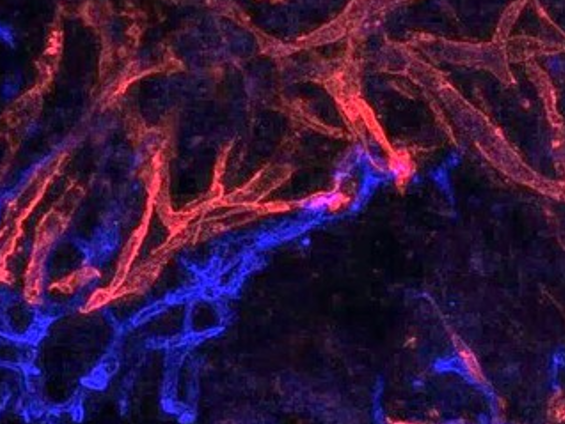Posted 23 April 2023

Associate Professor Geraldine Mitchell has been awarded a prestigious Medical Research Future Fund grant to develop an alternative to skin flaps using bioengineered skin and incorporated blood vessels.
Each year in Australia around sixty thousand people undergo painful, costly skin flap harvesting surgery to treat difficult to heal wounds.
In essence, the most common way to treat a serious wound such as those caused by severe trauma, cancer resection, or diabetes is to harvest thick skin flaps to cover the original wound. This creates a second wound on the patient which can often lead to frequent complications, long hospital stays, and difficult rehabilitation.
A/Prof Mitchell’s ground-breaking new research is aiming to offer a bioengineered alternative using a patient’s own cells which are grown to form a skin flap with blood vessels in the lab, rather than harvesting a flap directly from a patient.
“Skin flap harvest and transfer does create the right conditions for wound healing, however, the process itself has an entire set of its own problems and complications, especially as it creates what is essentially a new wound where there previously was none.
“The current techniques require complex, costly surgery, and this research potentially provides a far less invasive alternative.”
This research received $710,793 from the Medical Research Future Fund.